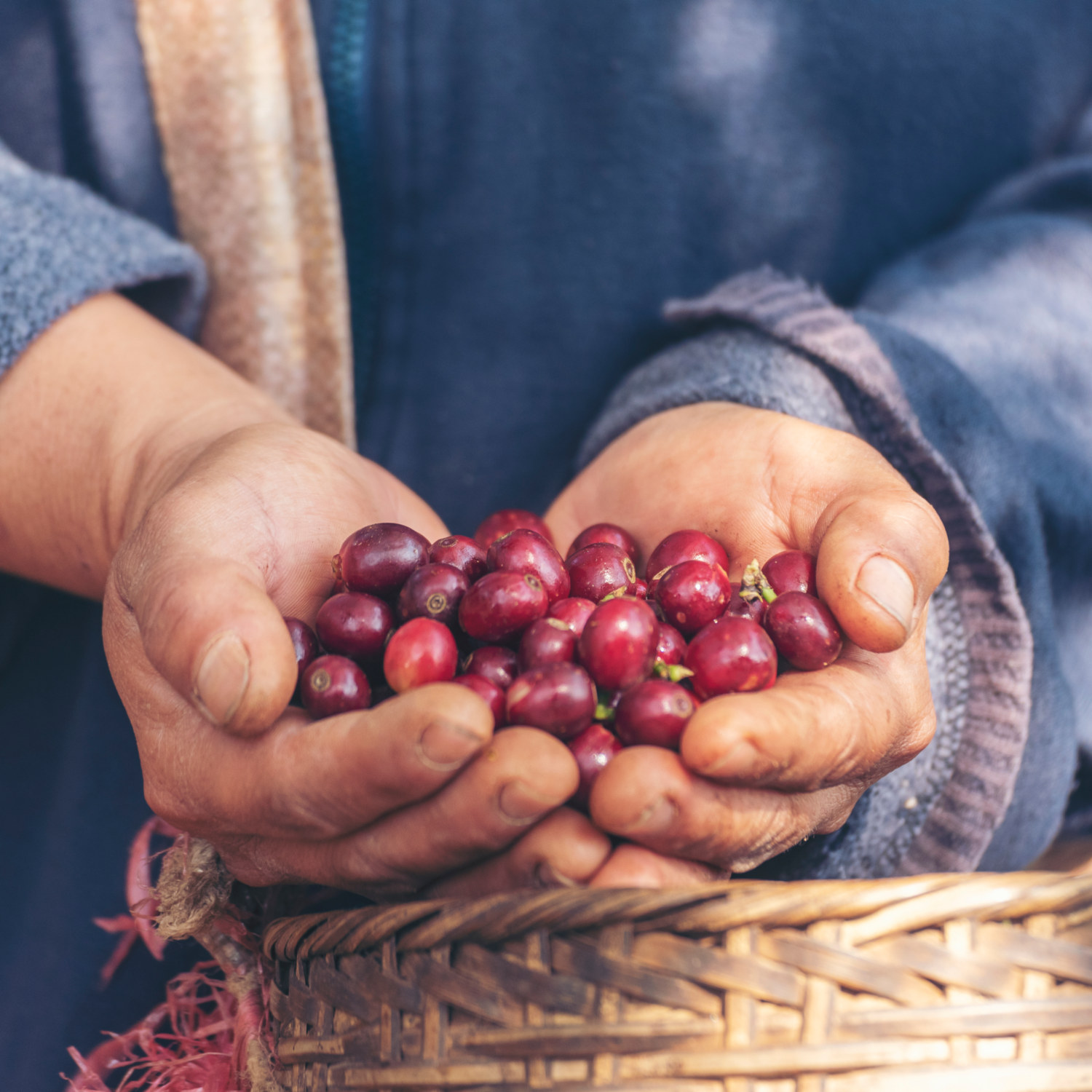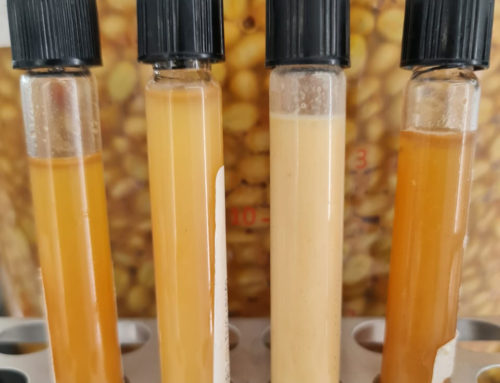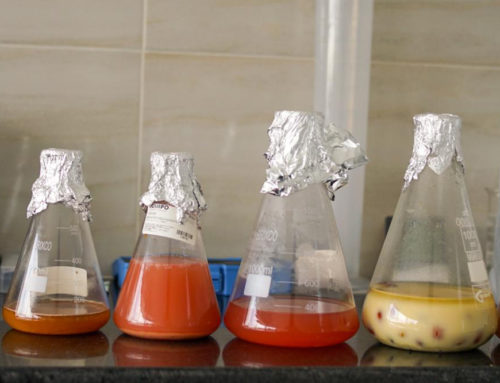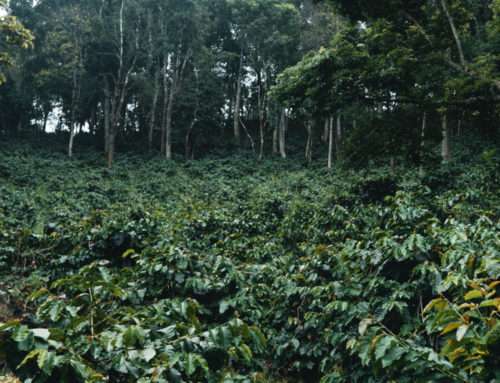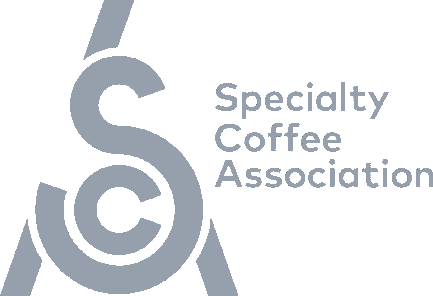Are Farm gate prices all the same?
The Farm gate price is the best indicator when talking about real prices paid to farmers. The farm gate price is literally the price paid at the farm. Farm gate prices differ from FOB prices in that FOB prices include all the processes that are carried out when the coffee leaves the farm, such as transport, milling, hulling, analysis, cupping, packaging and logistics and operations.
Lack of transparency may occur when the exporter is different from the producer, so traceability of quality and prices might get lost or hidden in the process. Depending on the country, farm gate prices tend to include the following steps: seeding, harvesting, picking, selecting, washing/processing/depulping (either washed or honey), fermenting and drying.
In Central and South America, many producers process their coffee on the farm and also carry out the drying process.
In Africa, producers carry their cherries to the washing stations to continue with the washing/depulping, sorting and drying processes.
The process of obtaining the green coffee
Green coffee is the finished product that roasters use as a raw material. However, green coffee is just the finished product of the processor/mill. There is a huge probability that the coffee was bought from the farmer in another form.
Types and forms of selling coffee
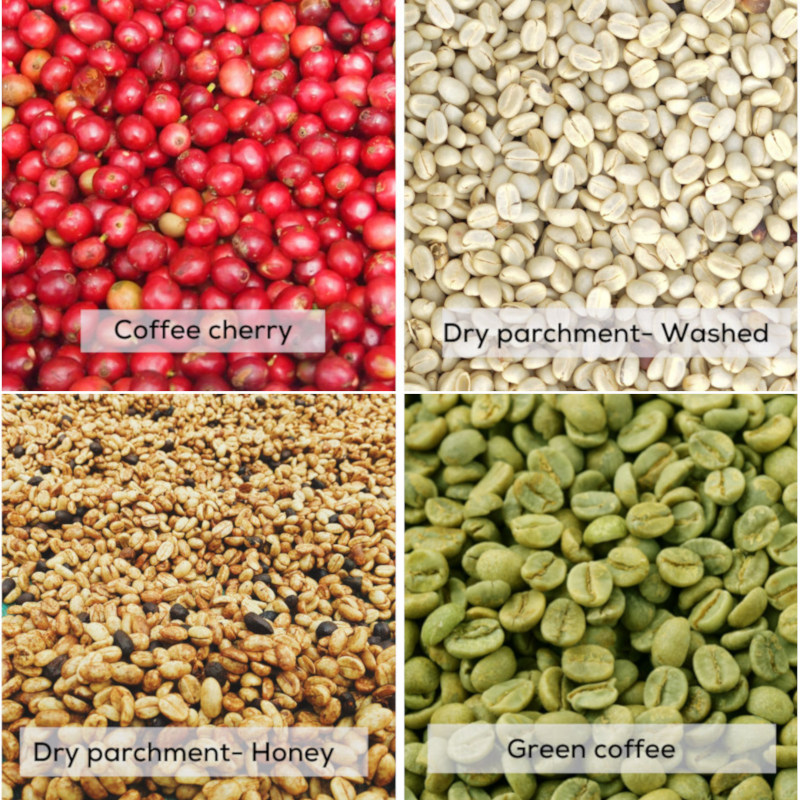
Types of coffee
1) Cherry.
It is the form of coffee that still retains the mucilage and husk. Coffee is sold this way by farmers to washing stations in Africa.
To become green coffee approximately 50% of the weight is lost.
2) Wet parchment.
This applies only to washed or honey coffees. Some producers sell their coffee wet because they need cash flow (and cannot wait the days required for the total drying of their coffee) or because they do not have the infrastructure for drying it. It is difficult for this coffee to become specialty coffee because drying has a very high impact on the cup profile.
In order to become green coffee approximately 55% of the weight is lost.
3) Dry parchment.
This is the most common form in which farmers sell their coffee in several countries in South and Central America. Exporters and mills buy coffee in this form. The coffee has not gone through the threshing process, that is to say, the film that leaves it free as an almond has not been removed. Honey and washed coffees are commonly sold in this form.
When it becomes green coffee approximately 20% of its weight is lost.
4) Green coffee.
It is the coffee that has already been processed and has gone through the threshing machine. The value added is total and the producer has carried out the entire process including drying and threshing. A producer selling green coffee has already developed a vertical integration in its supply chain.
Forms of coffee sold (Figure)
The figure below depicts the possible forms of coffee sold by the producer. In some other agricultural products, the form of the product can be comparable to the value added in each step. However, it is not possible to talk about added value strictly related to the form of coffee sold because the value added to the coffee is not limited to the processing to get the green coffee beans but rather to other activities that require expertise such as fermentation, fertilization, selection and drying.

Possible forms of raw coffee sold by the coffee producer include: Cherry, Wet parchment, Dry parchment, Green coffee. Check out our blog post on transparency in coffee to read more about farmgate prices vs FOB prices in coffee.
Are farm gates prices all the same?
If a coffee is purchased in any form other than green coffee it means that the producer or association of producers have contracted a threshing or processing plant to complete the process and this must be considered apart from the farm price. The common role and added value of mills (on top of the many related tasks) is that of getting dry parchment and turning it into green coffee.
Coffee can be sold by producers in the form of cherries, wet parchment, dry parchment and green coffee, depending on the level of vertical integration of the producer, namely their size and financial leverage. Transparent farm gate prices and forms of coffee sold by the producer are two basic pieces of information to improve equity in the coffee’s value chain.

